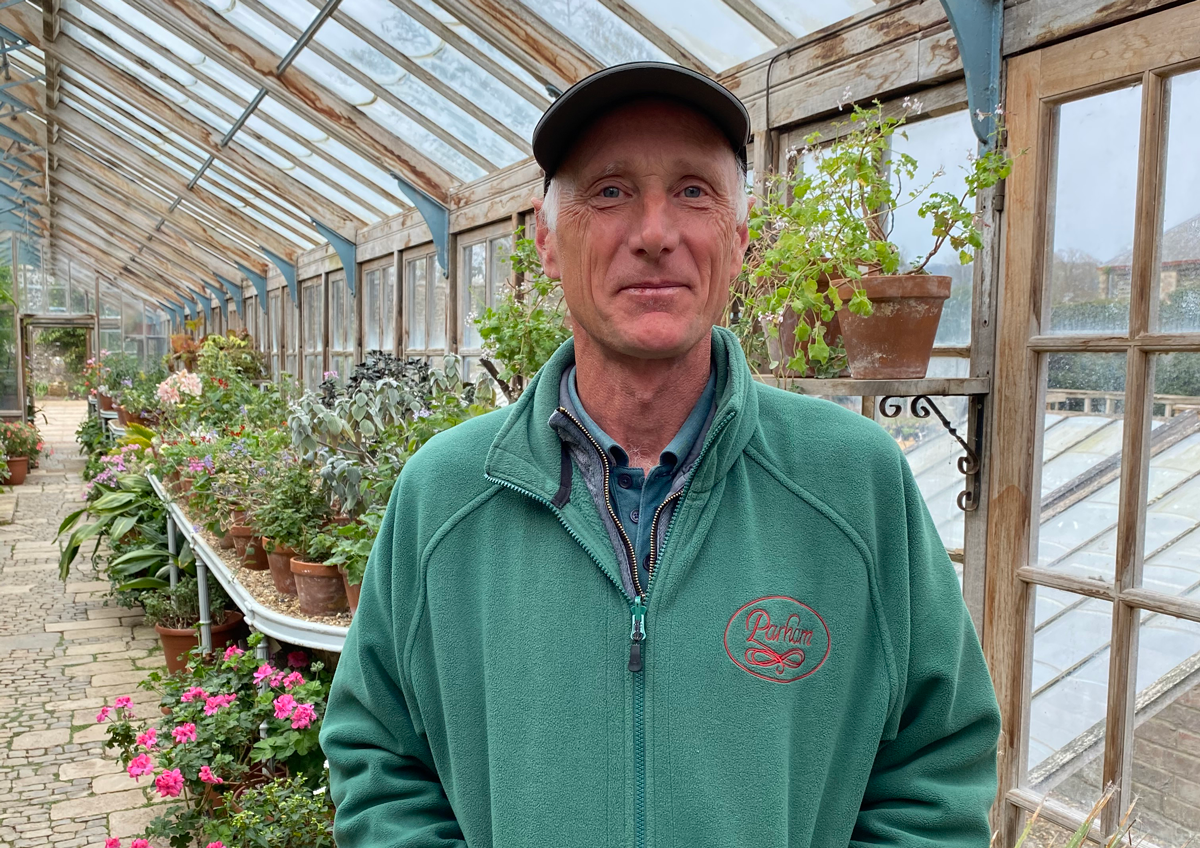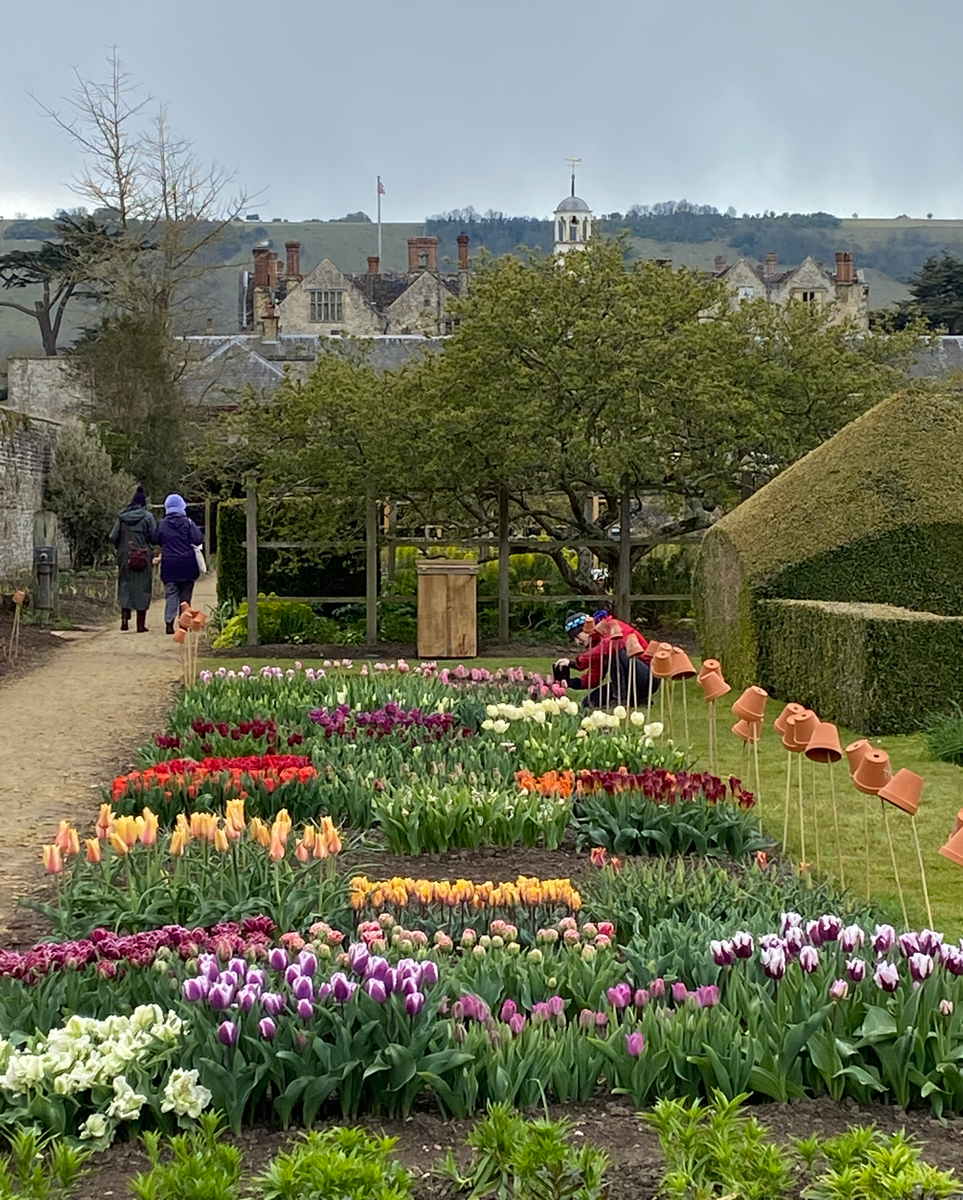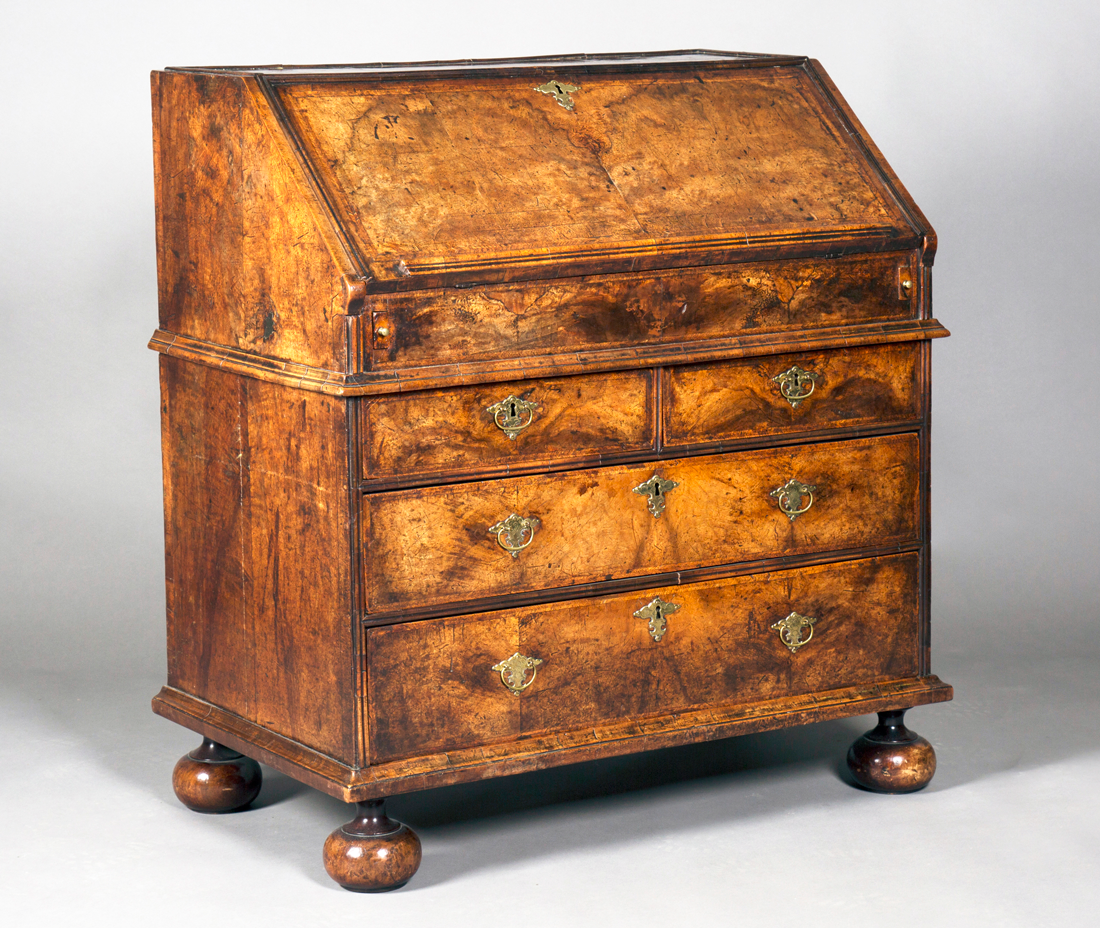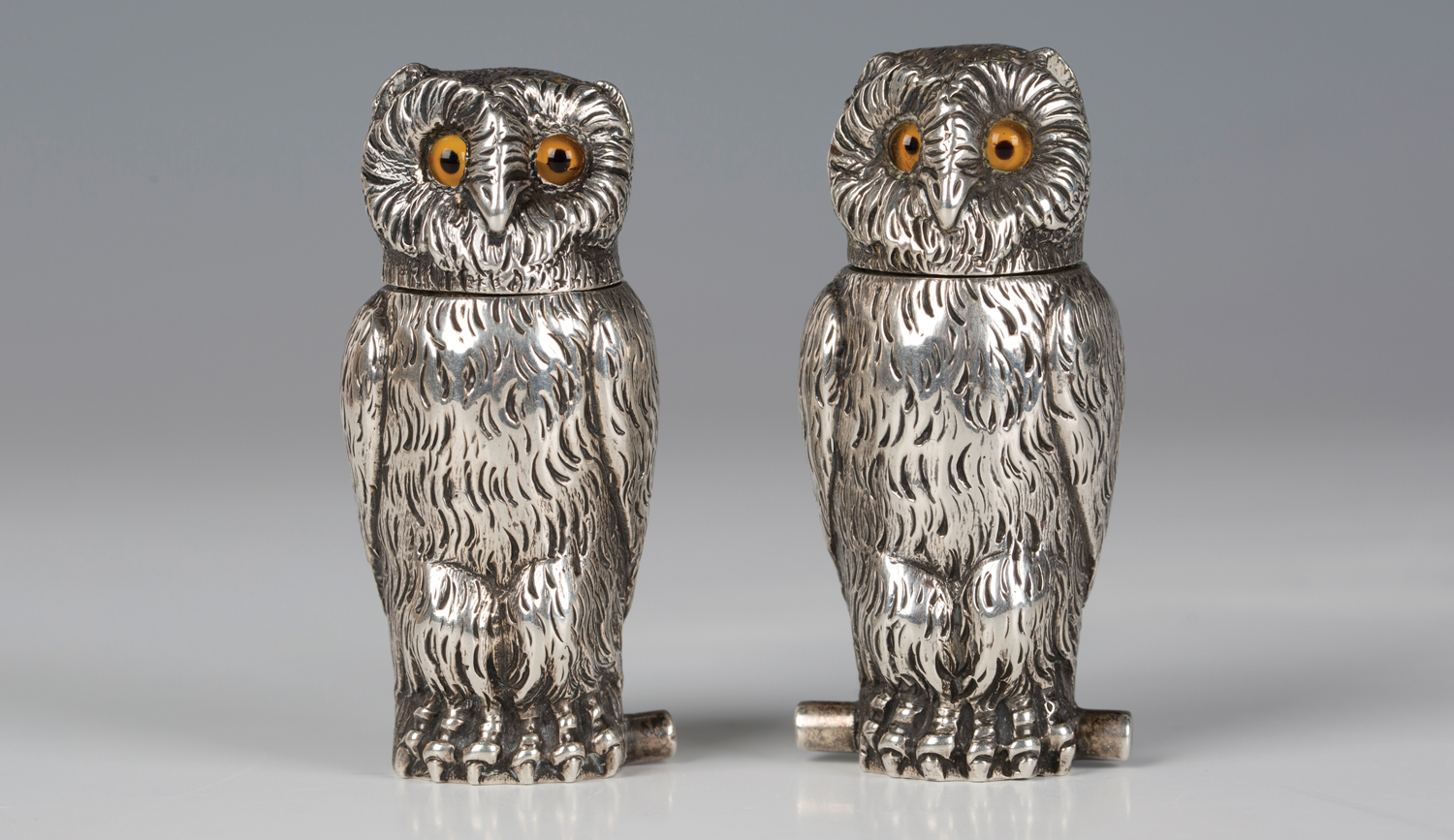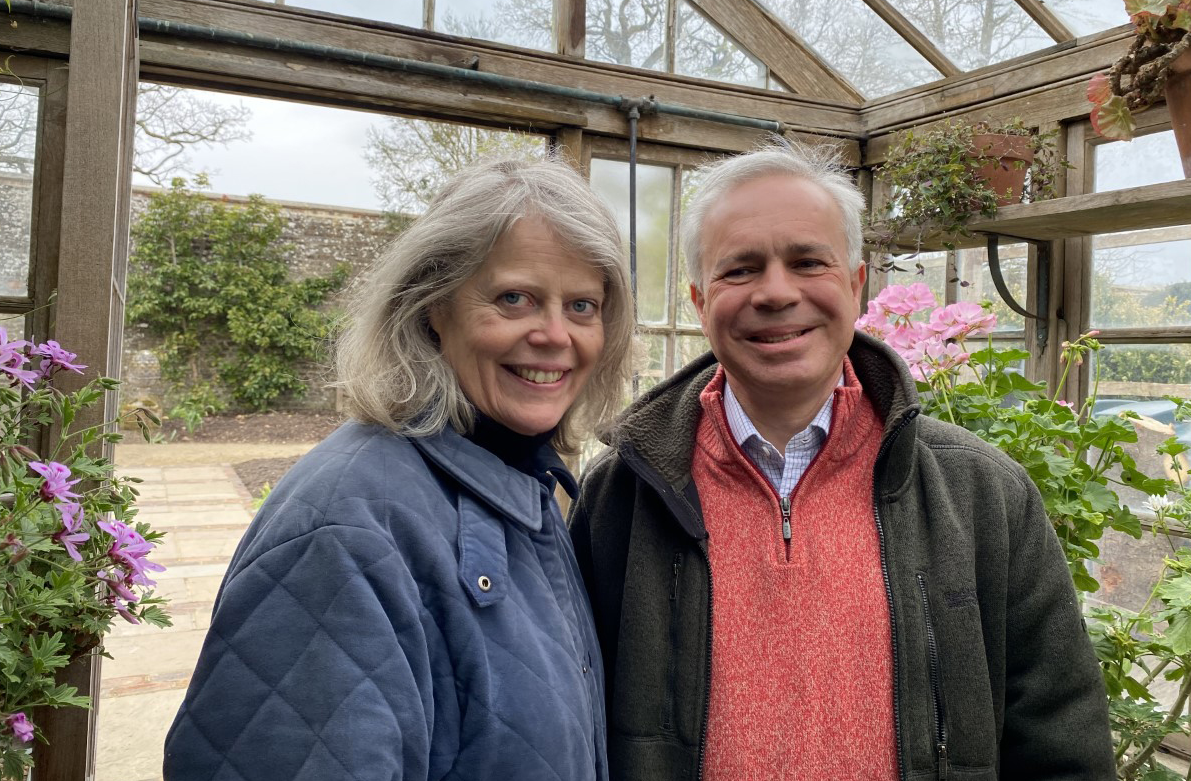
This week I am returning to Parham to meet Lady Emma and her husband James Barnard as they embark on a major restoration of their celebrated walled gardens at Parham.
The history of the garden has only been recorded since the 1920s when Lady Emma’s great-grandparents came to Parham.
James is keen to show me a series of old framed sketches and plans for the clematis in the gardens drawn by Lady Emma’s great aunt, Mrs Tritton, during her time at Parham. He remarks “Amongst my most striking memories of my first encounter with the gardens at Parham were the clematis.” He continues enthusiastically “Gardens have to change and evolve to have life. We are so glad that Andrew Humphris has joined us as Head Gardener with his wife Jo. Collaborating with them and the garden team on this restoration is very exciting.”
We find Andrew working in the borders and I ask him how it is going. He replies “Well, we’ve had the rain, it will all take off as soon as the sun comes.”
Lady Emma says “The gardens here have been worked for hundreds of years. Our only ‘rule’ has been to work with and not against this ancient place sensitively accepting and preserving its spirit.” Andrew agrees “We’re enhancing what is a fantastic place already.”
I remark that we are a processional people – that we have an ability to confidently embrace change and the new but always with one eye fixed on the past. Lady Emma responds “It’s so nice that long process with a generosity of spirit, like the changing seasons. I love the changing seasons in the garden, there is always something to look forward to whether it’s the spring tulips or the seed heads in winter.”
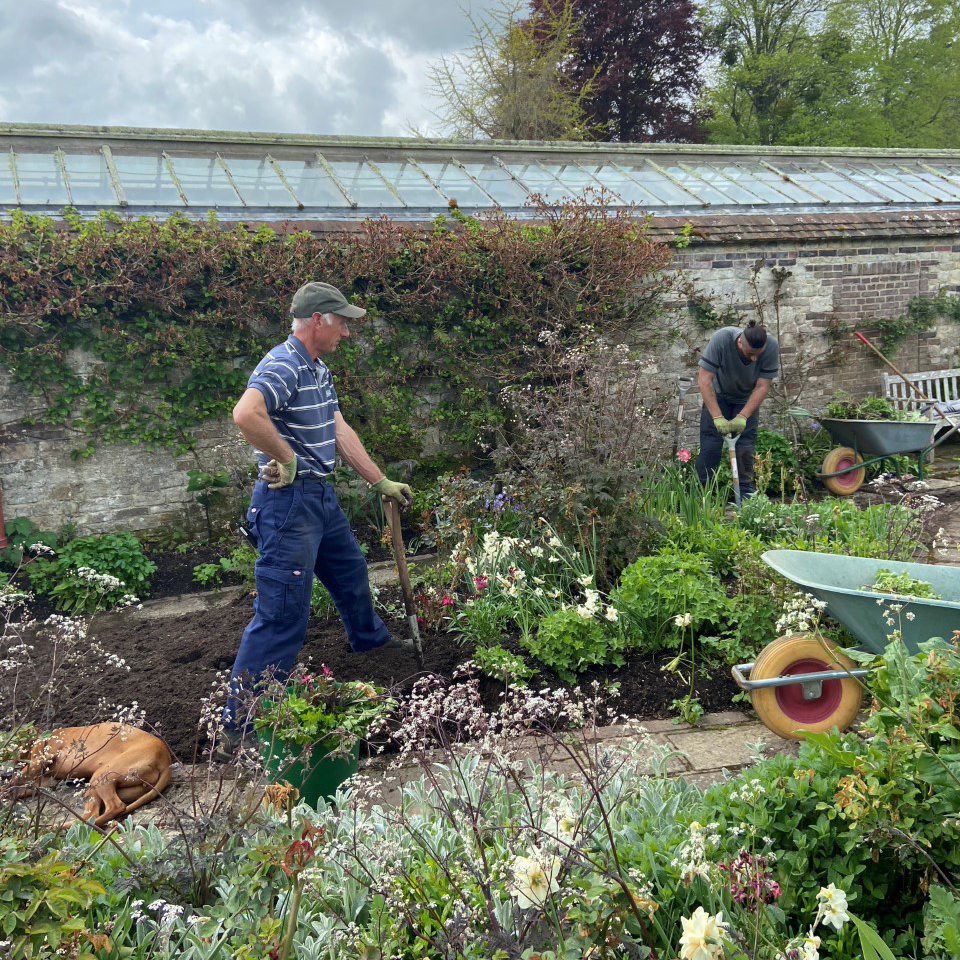
To me this bodes well. Parham has always given voice to our nation’s quintessential celebration and passion for gardening. All gardens, like nature and the seasons, have a cycle to them and evolve. There is a real sense of renewal, a gardening renaissance at Parham as the restoration gets underway.
At the heart of the generous and outward facing spirit which pervades all that Parham does are Lady Emma and her husband James who, together with their sons, bring such life and vitality to this timeless place. The family’s long-term, generous stewardship blesses us all.
The 18th century garden walls, the paths and borders still enfold you against the backdrop of the house and Sussex Downs. We are all in need of a fresh horizon and a generous place to gather us as we begin to meet and walk in conversation with friends and loved ones. Parham, with its new, delicious Naked Food Company café, is the perfect place for a day’s holiday! Visit www.parhaminsussex.co.uk to book your visit to the gardens.
